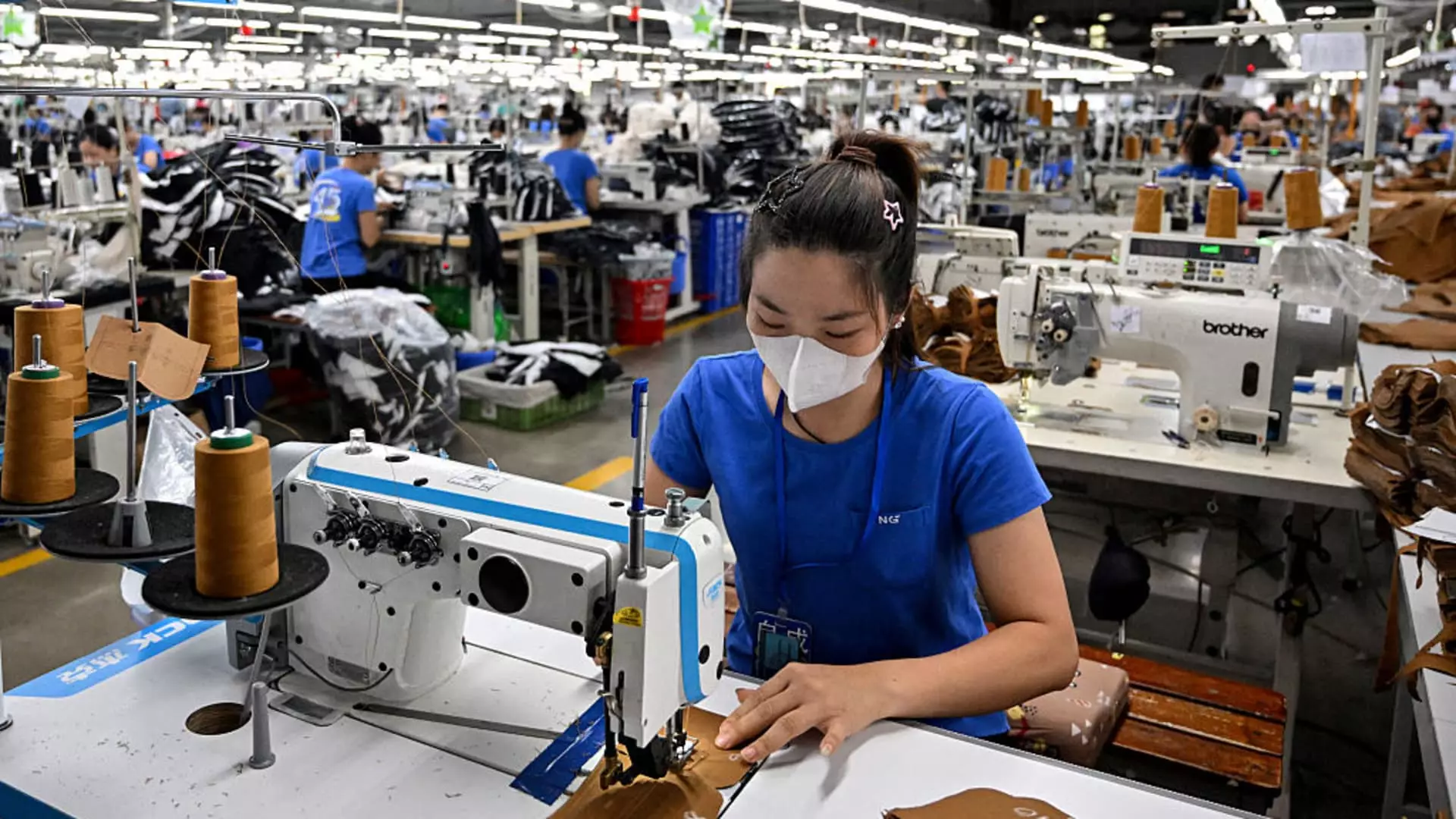In the turbulent arena of international trade, President Donald Trump’s recent announcement of a new deal with Vietnam exemplifies a deeply flawed approach rooted in protectionism and economic bravado. While the touted benefits of tariff adjustments—such as purportedly opening markets and securing favor—appear advantageous on the surface, they mask a more insidious narrative: the pursuit of geopolitical leverage at the expense of long-term economic stability for ordinary Americans. The promise of a 20% tariff on Vietnamese imports, presented as a victory for the U.S., should be viewed critically as part of a broader strategy that risks economic distortions and consumer harm.
This deal, which grants Vietnam tariff-free access while imposing a 20% duty on its imports, is ostensibly designed to counteract transshipment tactics used by China. However, it inadvertently reveals a fundamental misunderstanding of global supply chains and the interconnected nature of modern trade. Tariffs, in their essence, are taxes passed onto consumers and industries. While Trump claims “Vietnam will pay,” this simplistic assertion ignores the nuanced reality: these costs are ultimately absorbed by U.S. consumers, domestic manufacturers, or both. The small rise in retail prices, such as the 8% increase on men’s sweaters, is just the tip of the iceberg, as ongoing tariff hikes threaten to ripple through countless other sectors.
What is most troubling here is the administration’s approach to economic diplomacy—favoring short-term leverage over sustainable growth. The strategic use of tariffs as a geopolitical tool often breeds unpredictability. With each announcement, markets experience jitters, and supply chains adjust in unpredictable ways. While the stock market temporarily reacts positively, this superficial gain masks underlying economic vulnerabilities, including higher manufacturing costs, inflationary pressures, and reduced competitiveness. The irony is stark: in purported pursuit of fair trade, the Trump administration has instead sown chaos by undermining the stability that global economic integration fosters.
The Costly Illusions of Protectionism
The broader consequences of these policies extend far beyond the immediate trade figures. By raising tariffs, the U.S. is effectively renegotiating the terms of global economic engagement without the necessary diplomatic finesse. The labeling of Vietnam as a transshipment hub for China underscores an uncomfortable truth: global markets are deeply intertwined, and unilateral tariff policies risk disrupting this delicate balance rather than correcting trade imbalances.
Moreover, the focus on tariffs as a tool to curb supply chain circumvention—while politically appealing—misses the opportunity to invest in domestic resilience and innovation. It’s a shortsighted fix that shifts the blame onto trading partners and non-compliant third countries rather than addressing underlying structural issues within the American economy itself. Preserving the manufacturing base, fostering technological innovation, and promoting fair labor standards offer more sustainable solutions than escalating trade tensions with every new deal or tariff hike.
From a policy perspective, tariffs like those imposed by Trump often act as economic pinatas—symbolically hitting foreign competitors while damaging domestic consumers. The revenue they generate is frequently offset by increased costs, decreased exports, and retaliatory measures. This cycle erodes the foundational principles of free and fair trade, pushing the economy towards a protectionist abyss that future administrations may find difficult to reverse.
The Political Cycle vs. Long-Term Prosperity
Politically, such aggressive trade tactics serve immediate narrative goals: they appeal to nationalist sentiments, placate domestic industries suffering from global competition, and project strength on the world stage. However, history proves that these gains are fleeting, often accompanied by economic stagnation or downturns once the costs manifest. The temporary stock market boost following Trump’s announcement illustrates this point—markets are more responsive to narratives than fundamentals.
Within the framework of center-wing liberalism, it’s clear that a pragmatic, balanced approach offers the best route toward sustainable economic growth. Crafting policies that promote fair trade standards, protect workers’ rights, and ensure market access without resorting to punitive tariffs is essential. Such strategies recognize that cooperation and multilateral agreements are the real engines of prosperity, not punitive taxes and unpredictable tariffs designed for political theater.
Ultimately, while a tough stance on trade can serve as a political weapon, it does little to address the complex, interconnected realities of a globalized economy. The challenge lies in navigating these complexities thoughtfully—prioritizing policies that foster innovation, protect consumers, and maintain America’s competitive edge without falling into the trap of protectionist arrogance that ultimately, weakens the country’s economic foundation.



Leave a Reply